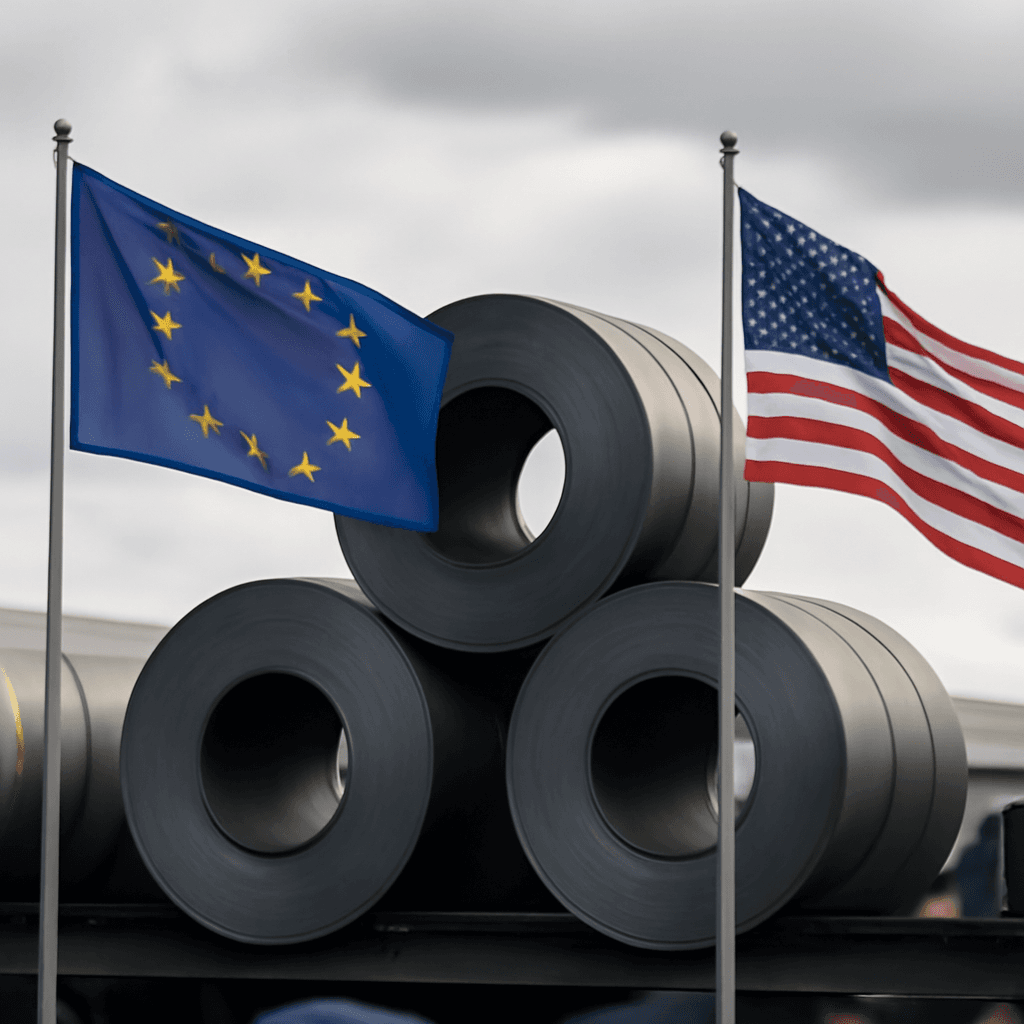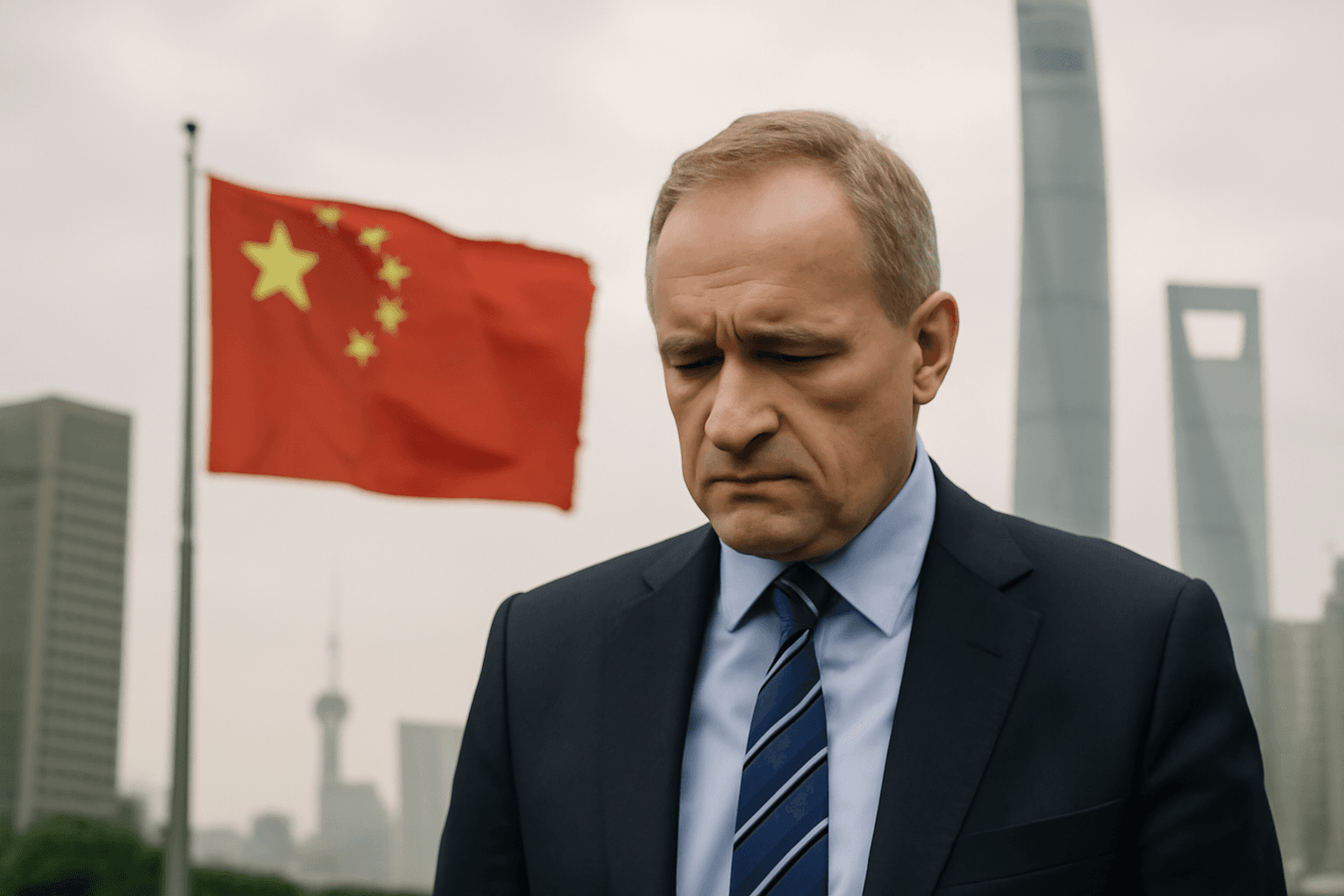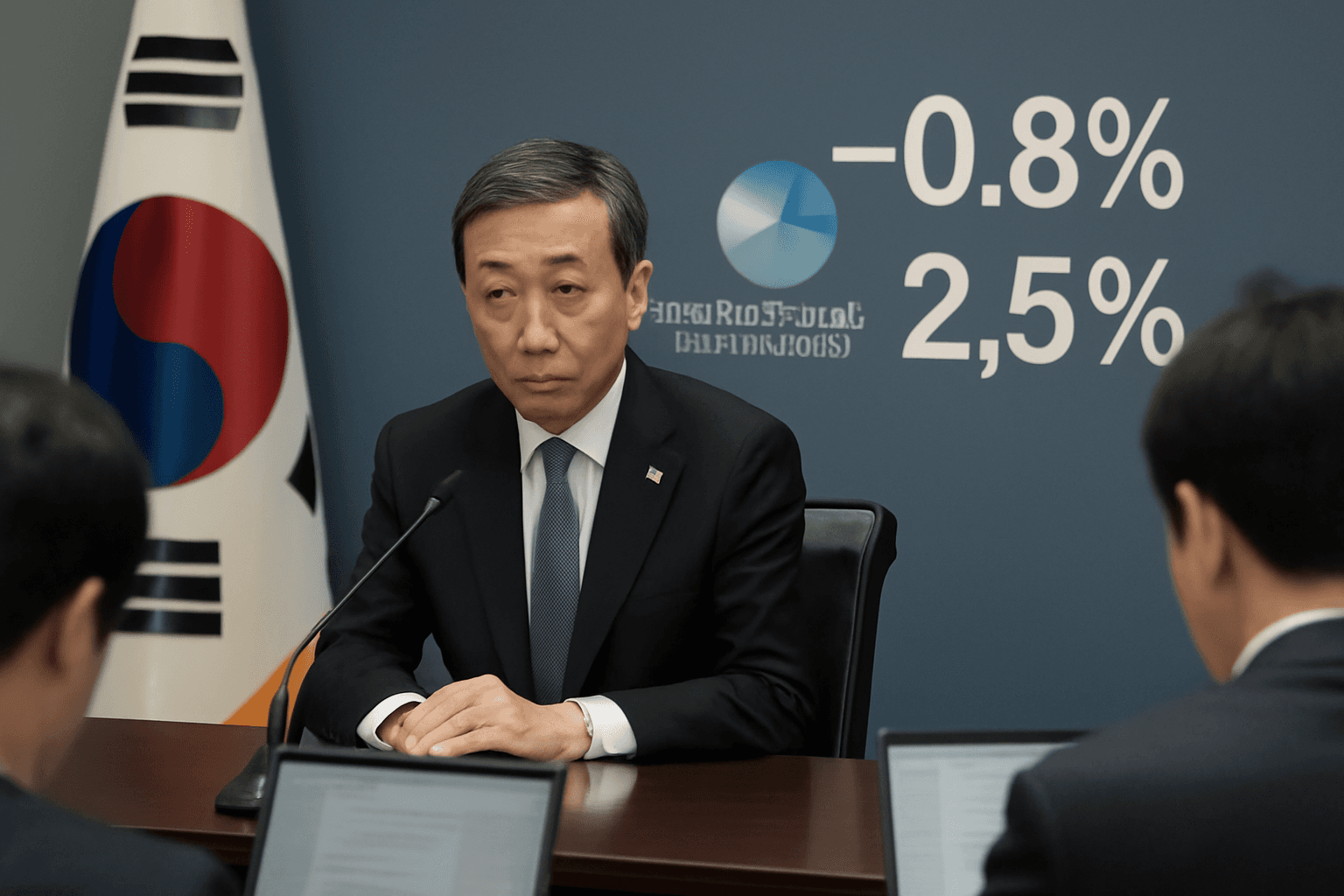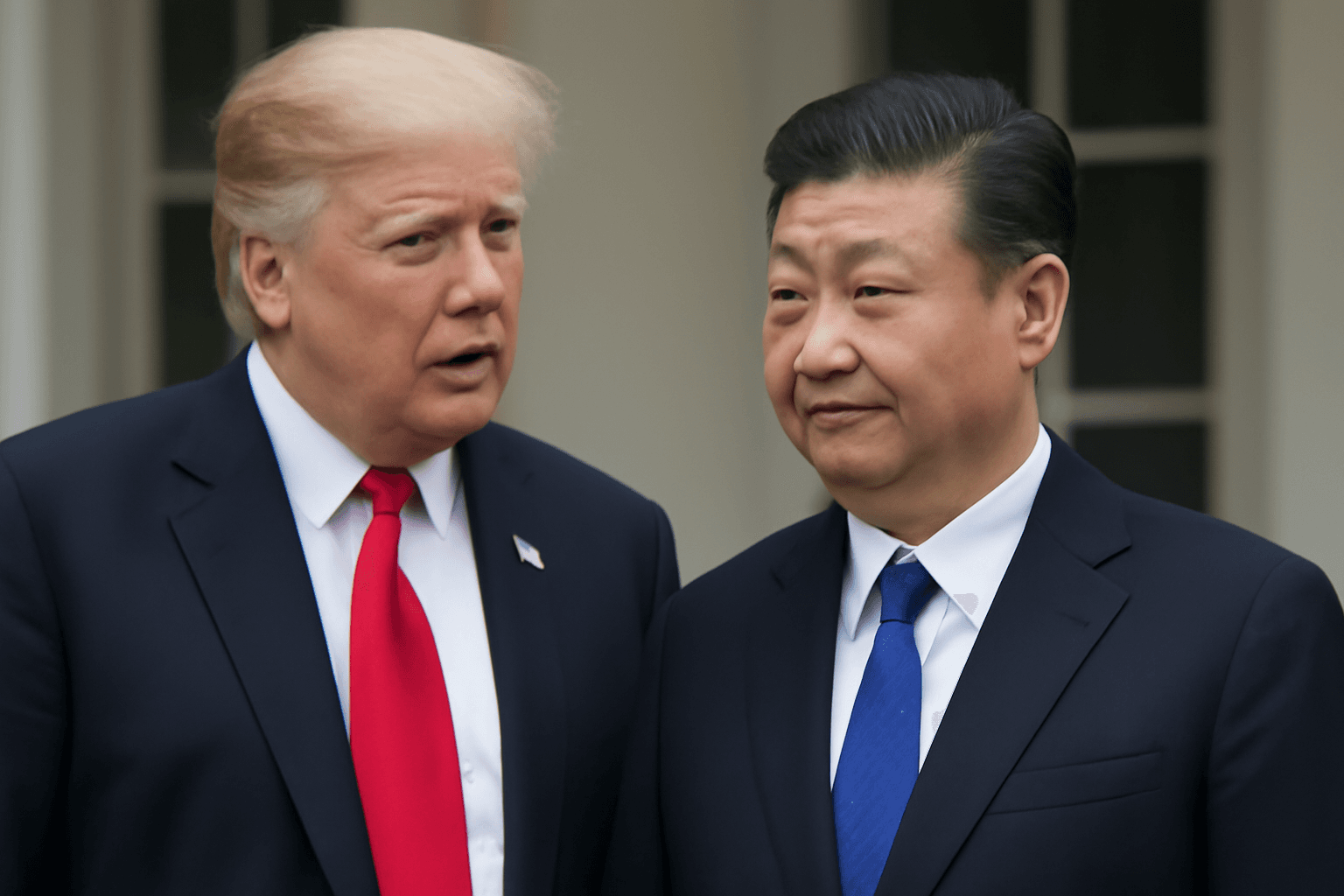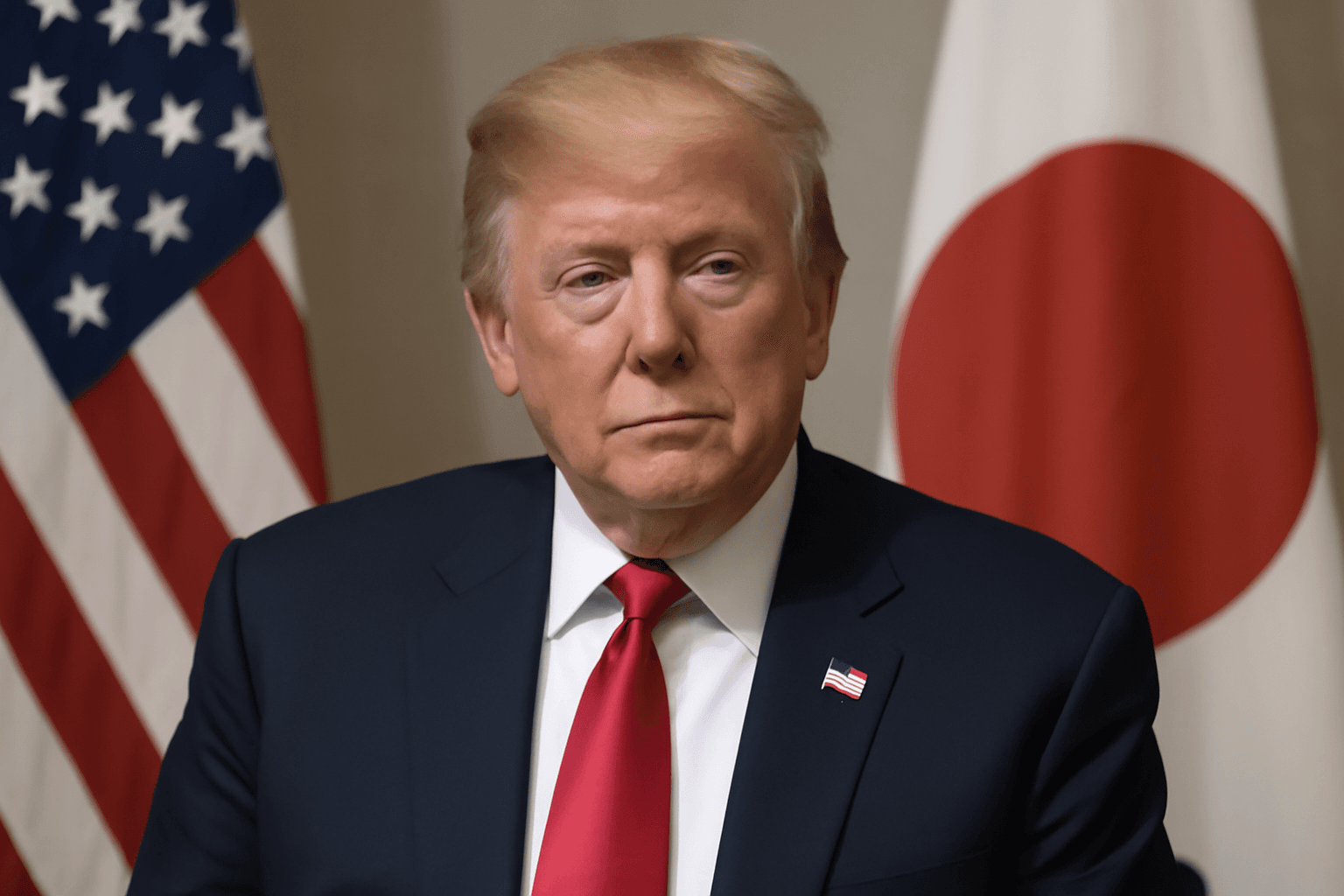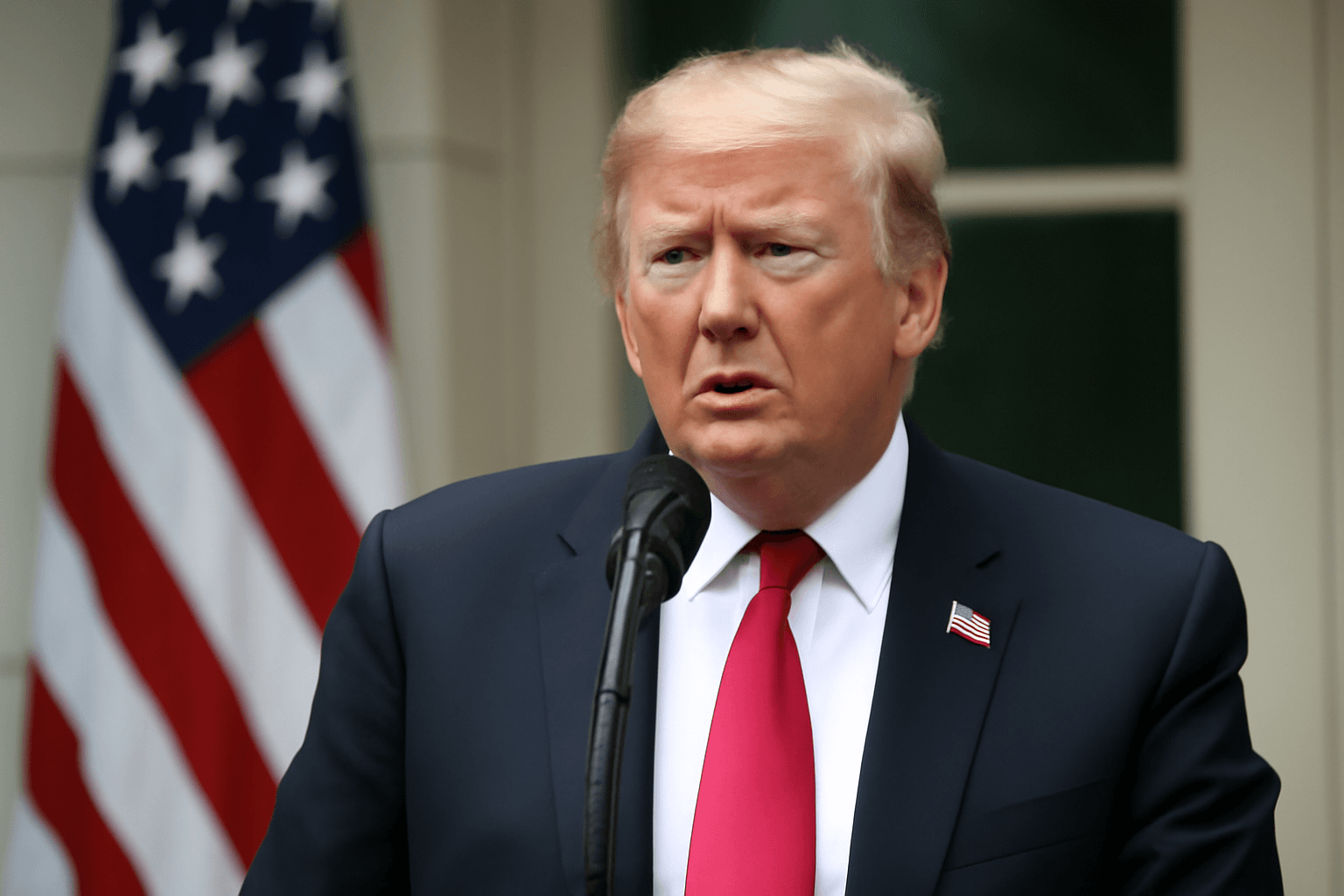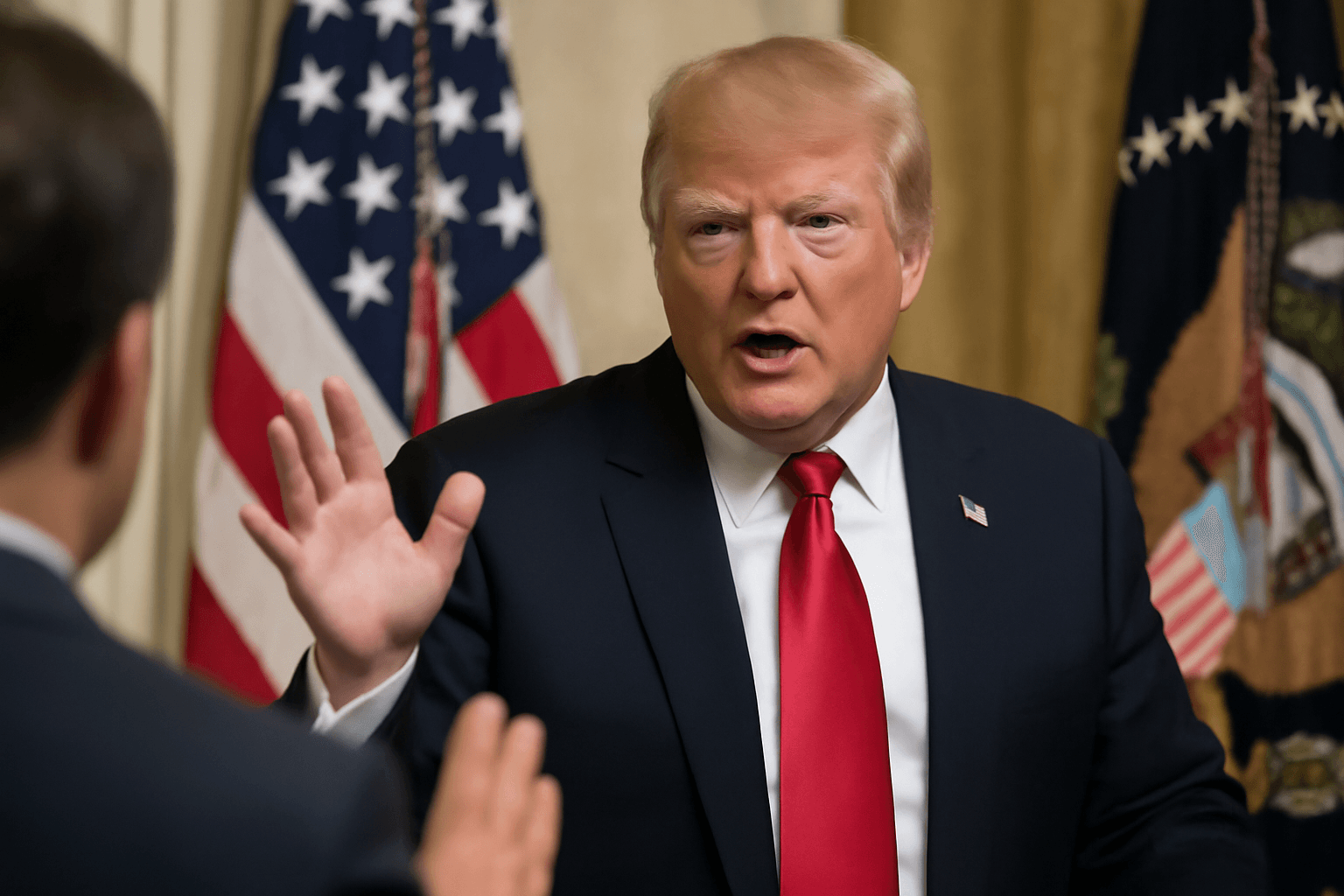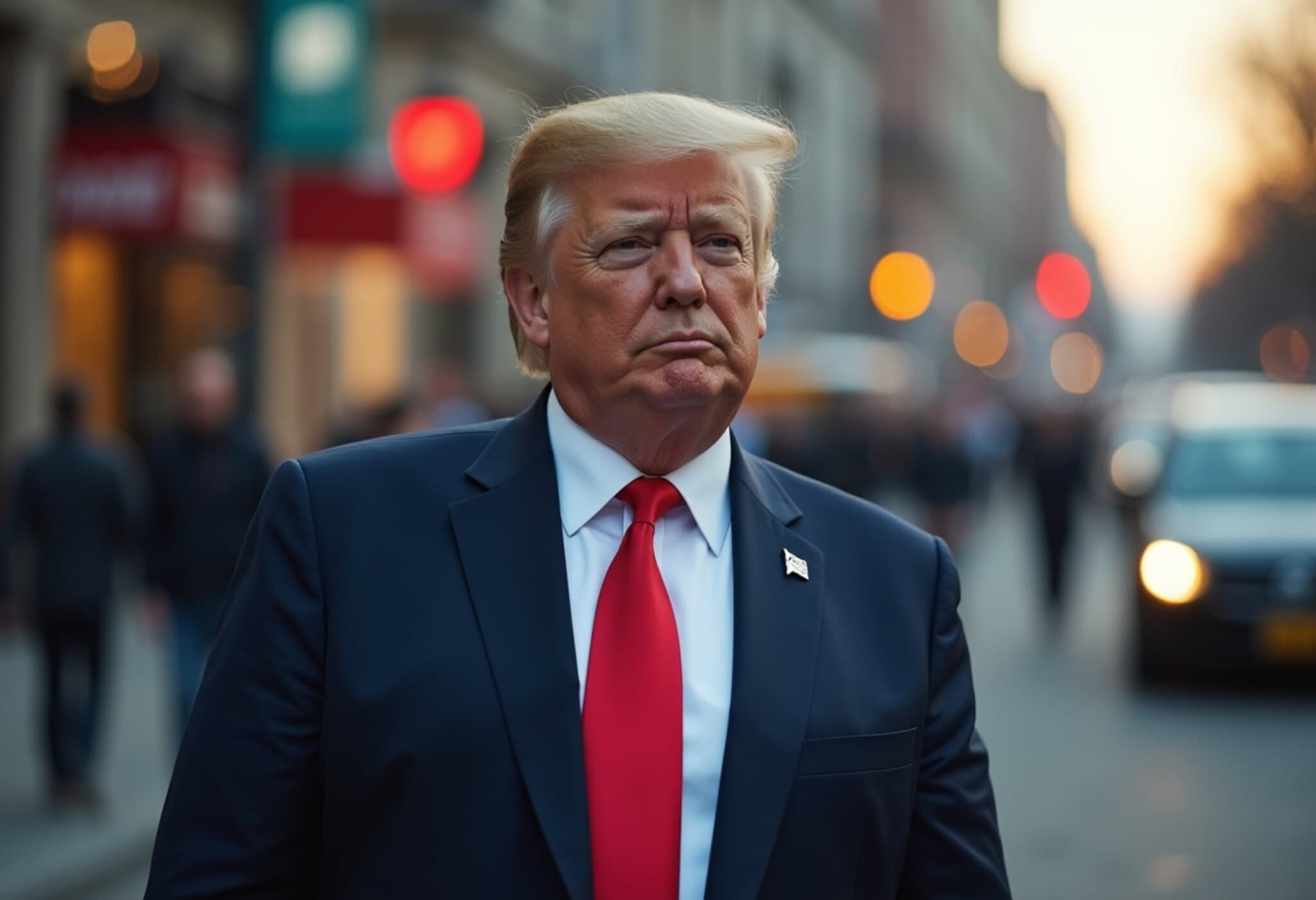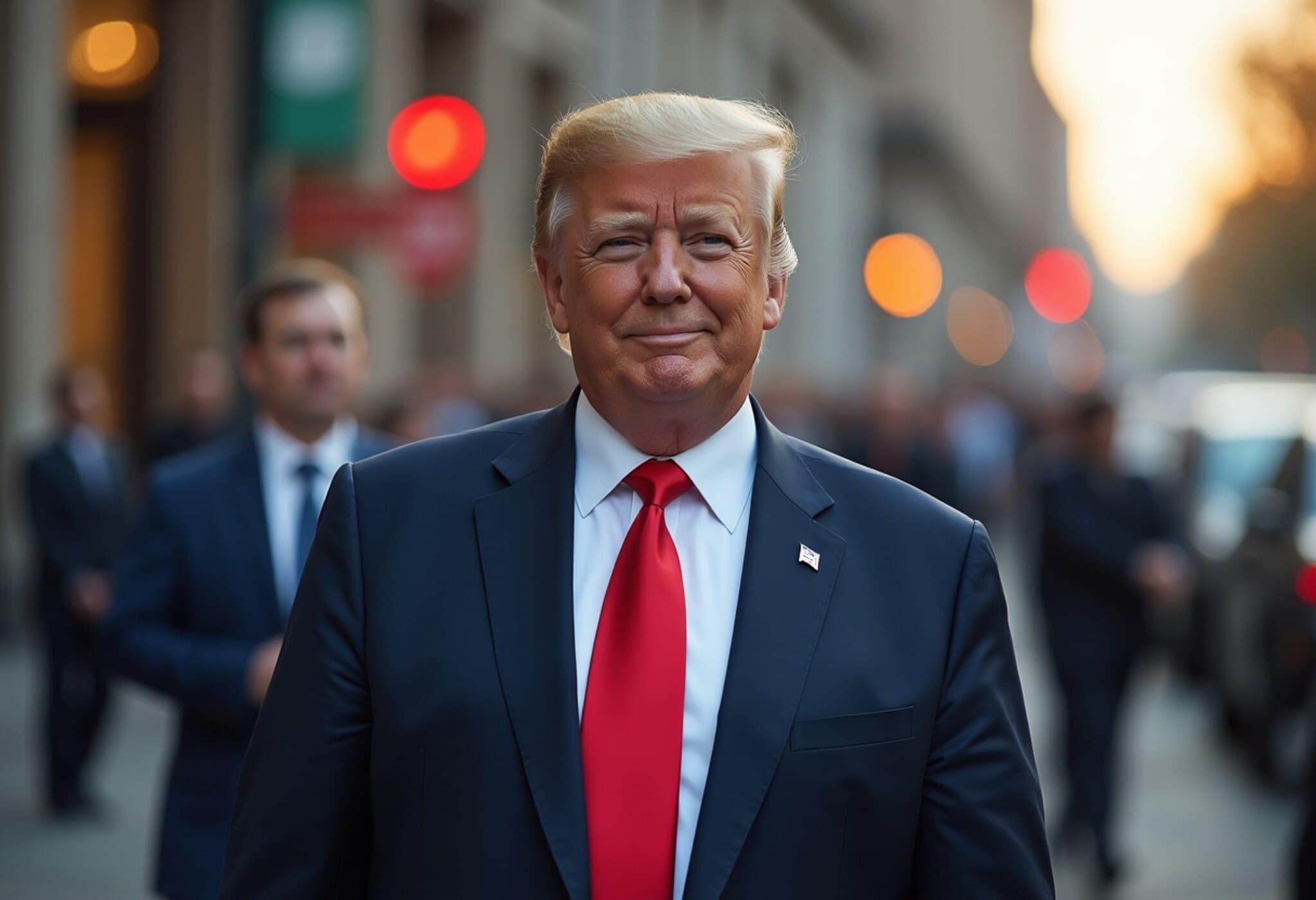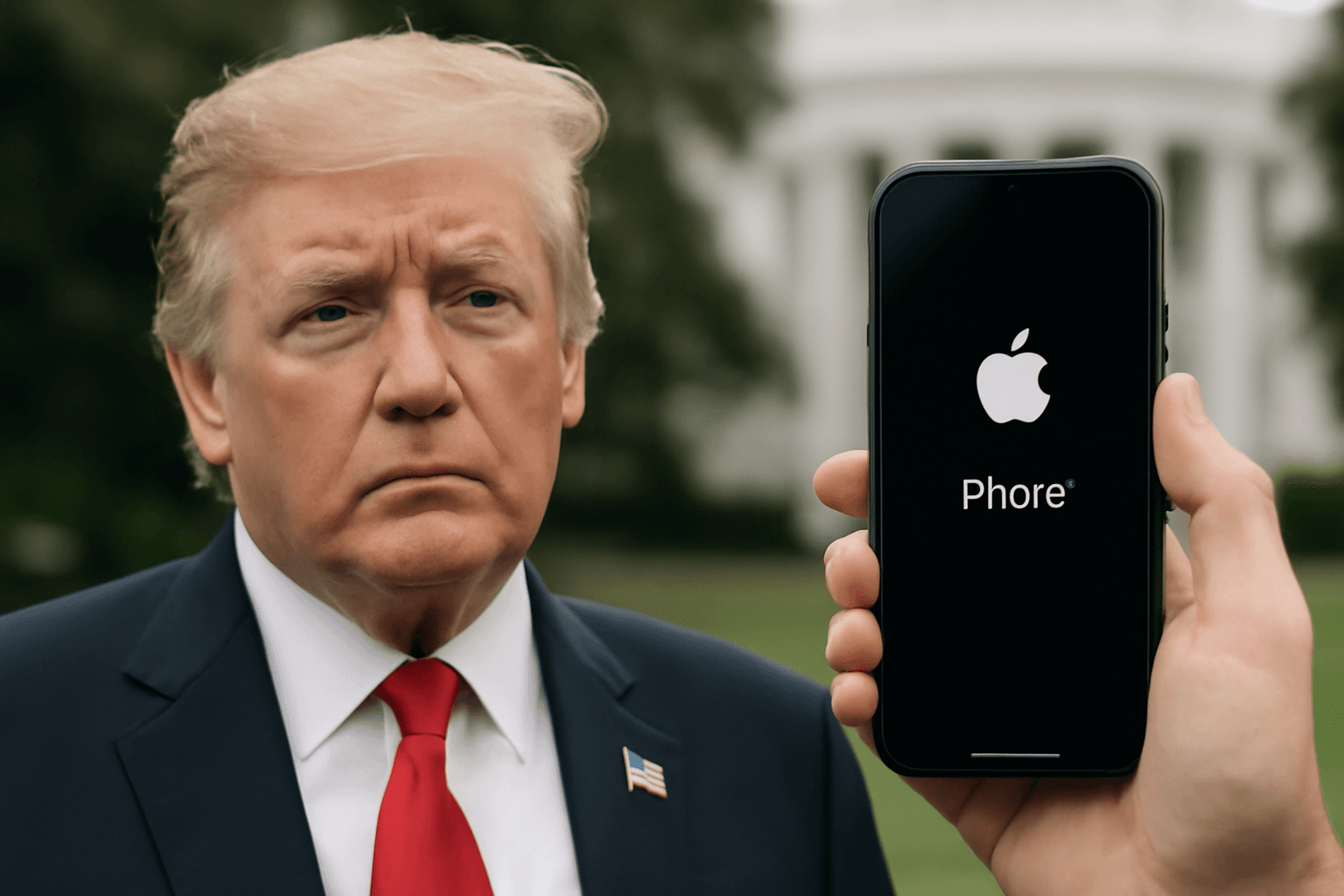India’s Export Surge to the US: A Response to Tariff Warnings
Between April and July 2025, India’s exports to the United States experienced a remarkable upswing, growing at a pace seven times faster than the country’s overall export growth during the same period. This surge, reported by The Times of India, appears largely driven by Indian exporters rushing shipments before the imposition of higher tariffs threatened by former President Donald Trump.
Understanding the Trump Tariff Effect
Earlier this year, President Trump announced a 25% tariff targeting Indian goods and warned of an additional 25% levy potentially linked to India’s oil trade with Russia. These developments placed Indian exporters in a challenging position, prompting them to accelerate shipments ahead of looming deadlines to avoid heavier penalties.
Data from India’s commerce department revealed exports to the US climbed by 21% to $33.5 billion from April through July, whereas India’s total exports saw a modest 3% growth, reaching $149.2 billion. This disproportionate increase underscores a strategic effort by businesses to frontload shipments before tariffs escalate further.
Economic and Industry Insights
The United States now represents about 22% of India’s export market, underscoring the stakes for exporters who face increasing exposure to US tariff policy shifts. Industry representatives noted that despite tariff pressures, some companies have leveraged this surge to provide competitive discounts, sharing the burden with buyers and optimizing supply chains to stay afloat.
Sudhir Sekhri, chairman of the Apparel Export Promotion Council (AEPC), conveyed cautious optimism: "Although official negotiations with the US have been postponed, we anticipate progress in the upcoming weeks.” His insight reflects ongoing diplomatic efforts to mitigate tariff impacts despite current trade tensions.
Challenges Ahead: Navigating Thin Margins and Tariff Risks
While early responses to the first 25% tariff round involved cost-sharing and faster deliveries, the looming possibility of a 50% tariff escalation threatens the sustainability of export businesses. Rajendra Kumar Jalan, chairman of the Council for Leather Exports, stressed the precarious financial position of exporters: "Operating on thin margins between 5-7%, absorbing steep tariff hikes is untenable in the long term. We can sacrifice profits temporarily but cannot sustain ongoing losses.”
Notably, ongoing US-Russia diplomatic dialogues shed some light on potential tariff reprieves, offering exporters a glimmer of hope amid uncertain trade relations.
Looking Forward: Strategic Adaptations and Policy Implications
Indian exporters are incorporating contingency clauses in contracts to address tariff volatility, indicating a strategic shift toward risk management in international trade agreements. Moreover, the situation exemplifies how geopolitical decisions ripple through global supply chains, compelling businesses to adjust swiftly or face economic setbacks.
From an American policy lens, these tariffs highlight a broader attempt to recalibrate trade balances and protect domestic industries but risk straining economic ties with key partners like India. Balancing protectionism with open markets remains a complicated dance with high stakes on both sides.
Summary
- India’s exports to the US surged 21% April-July, outpacing overall 3% export growth.
- Exporters rushed shipments ahead of US tariff hikes, reacting to 25% and potential 50% levies.
- Industry leaders warn high tariffs threaten business viability given tight profit margins.
- Ongoing US-Russia talks and postponed negotiations offer cautious optimism for tariff relief.
Editor’s Note
The dramatic spike in India’s exports to the US reflects more than commercial opportunism—it’s a window into how international trade tensions trigger tactical, short-term business behaviors with underlying concerns about long-term sustainability. As tariffs threaten profitability, exporters wrestle with the challenge of preserving market access versus absorbing economic shocks. With US-India trade relations at a critical juncture, continued diplomatic dialogue and economic resilience will determine whether this export surge leads to lasting growth or signals an unstable market responding to geopolitical friction.


